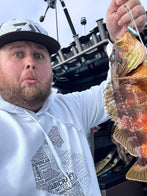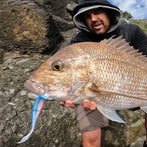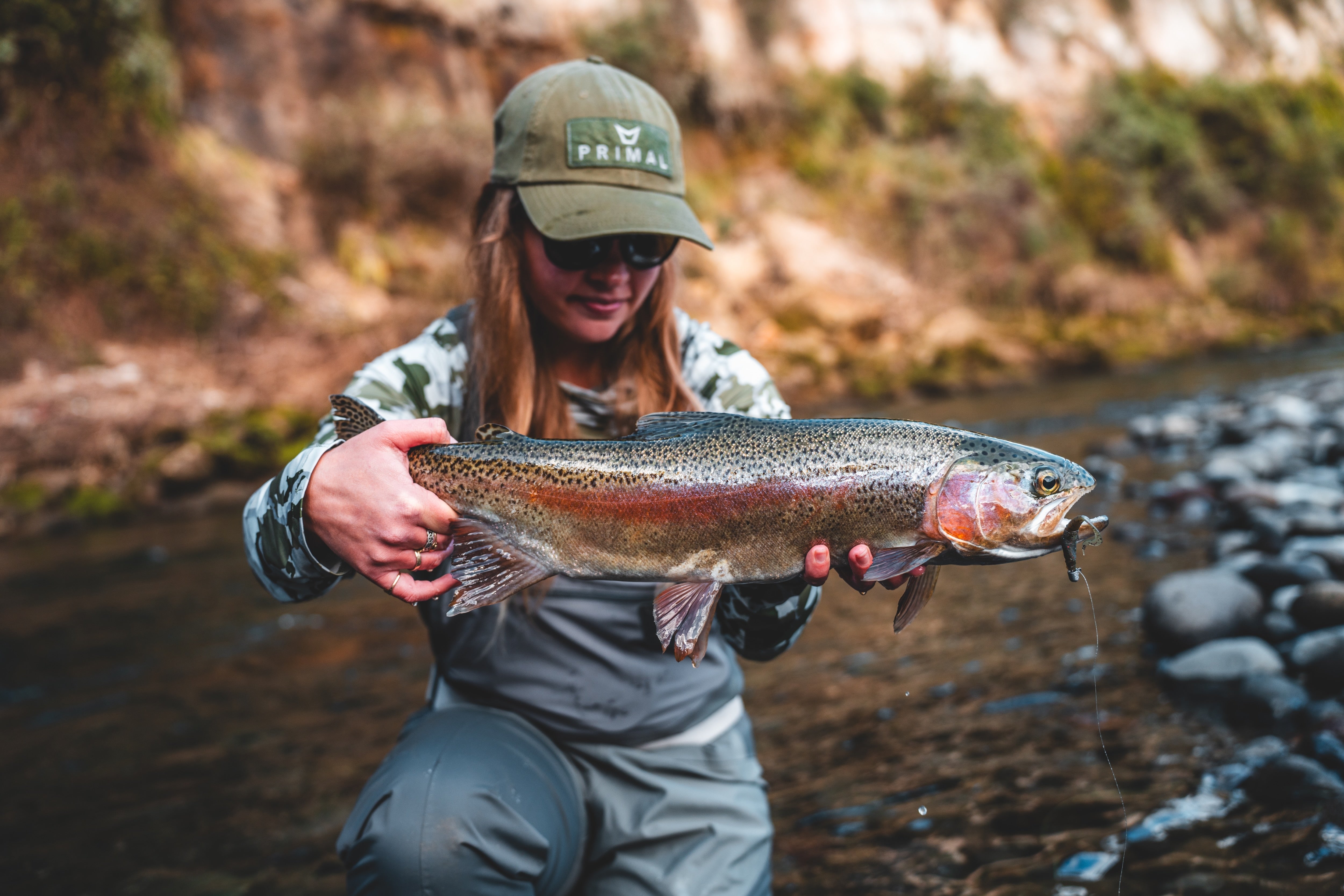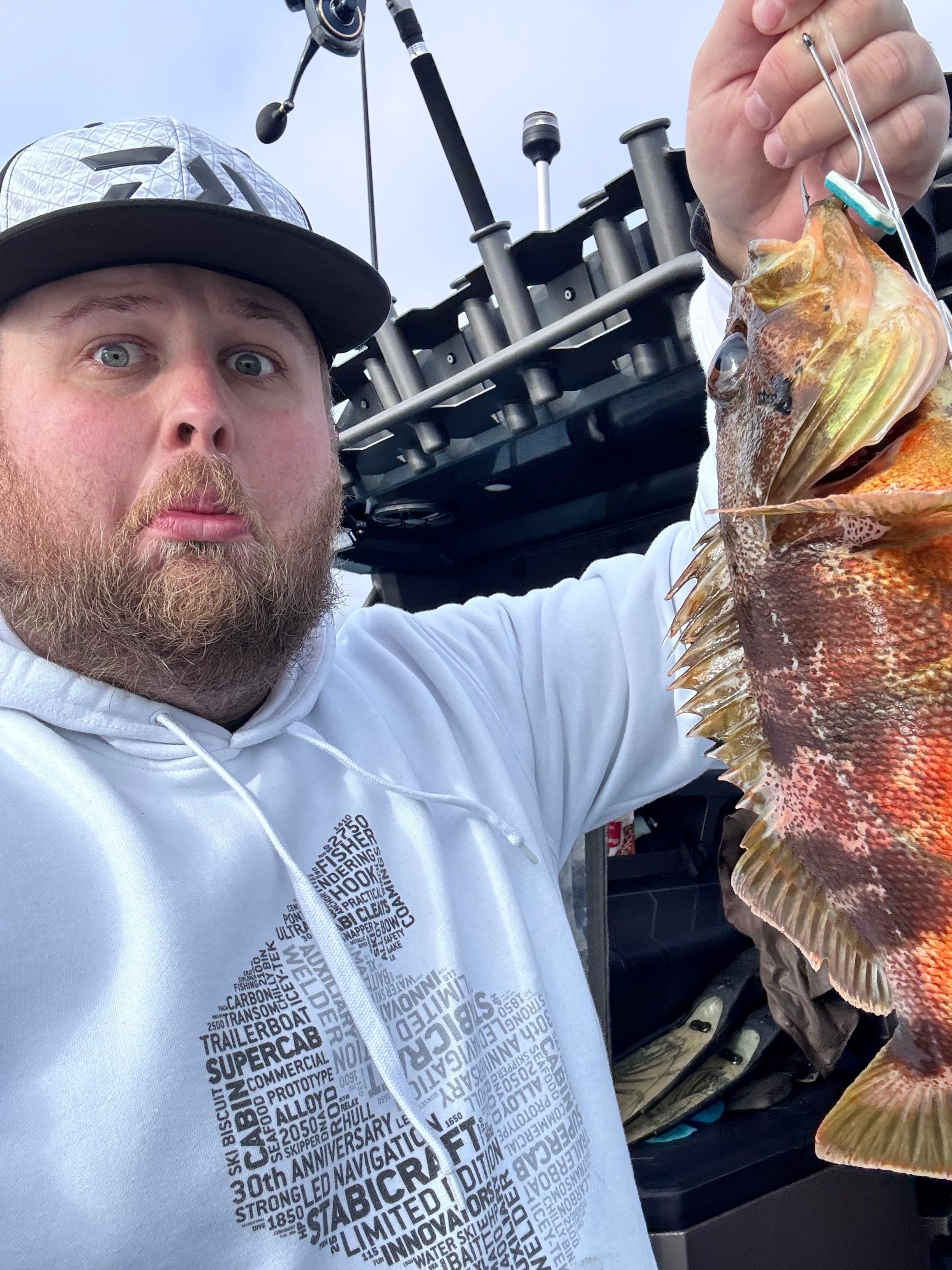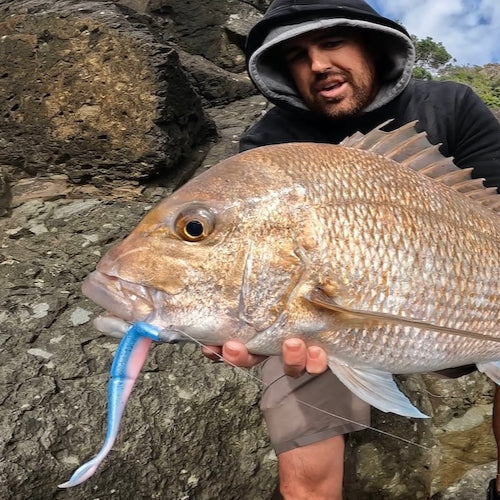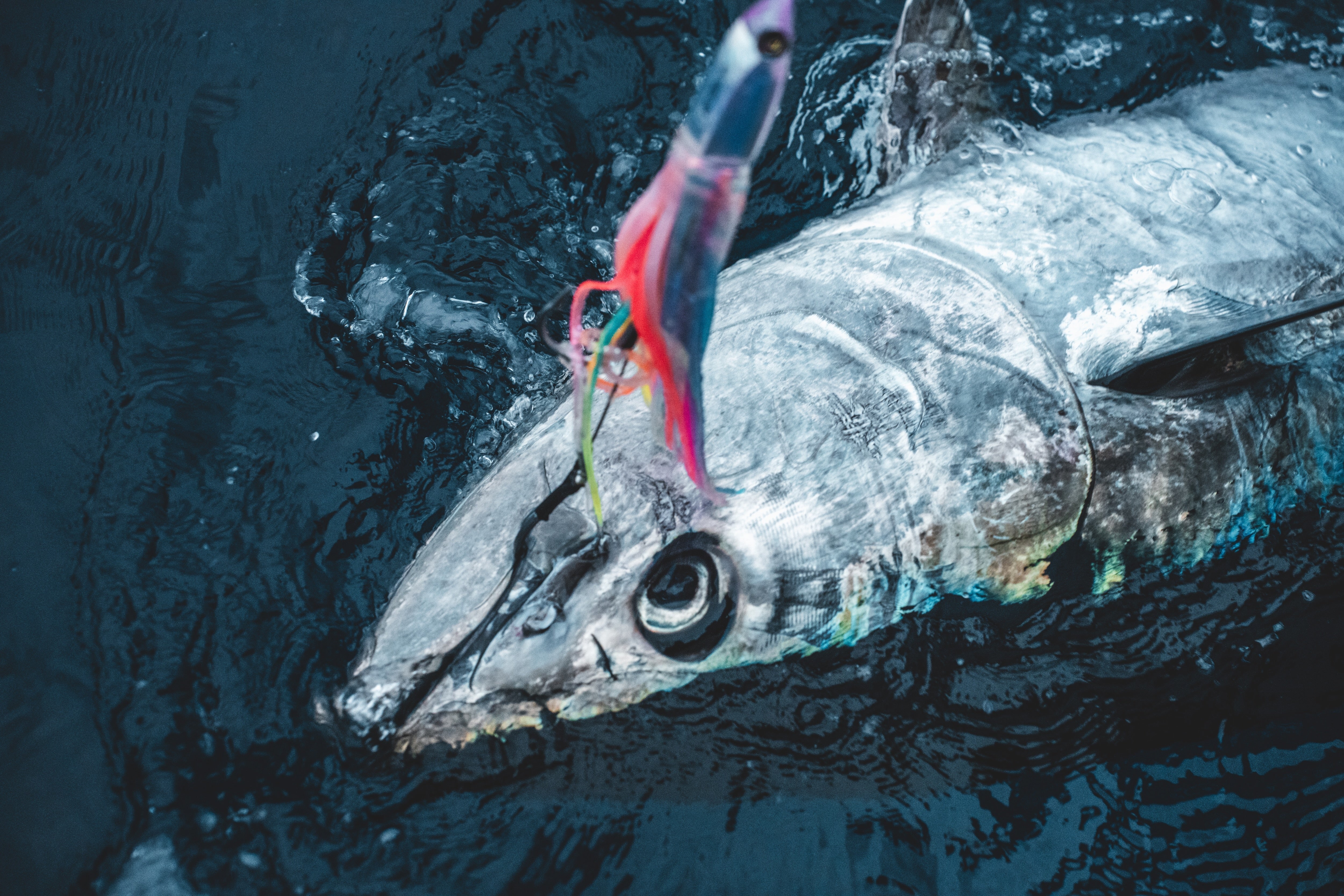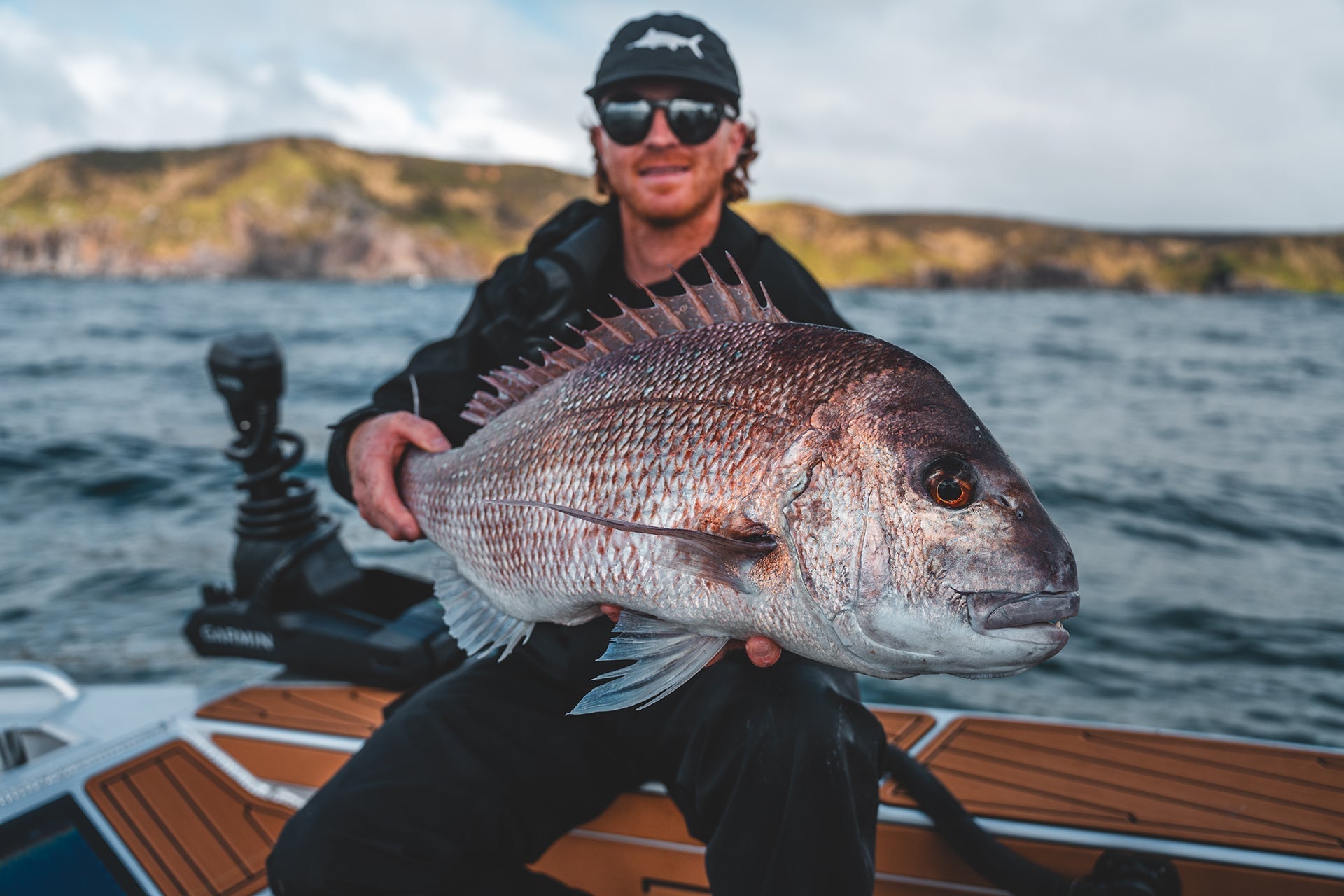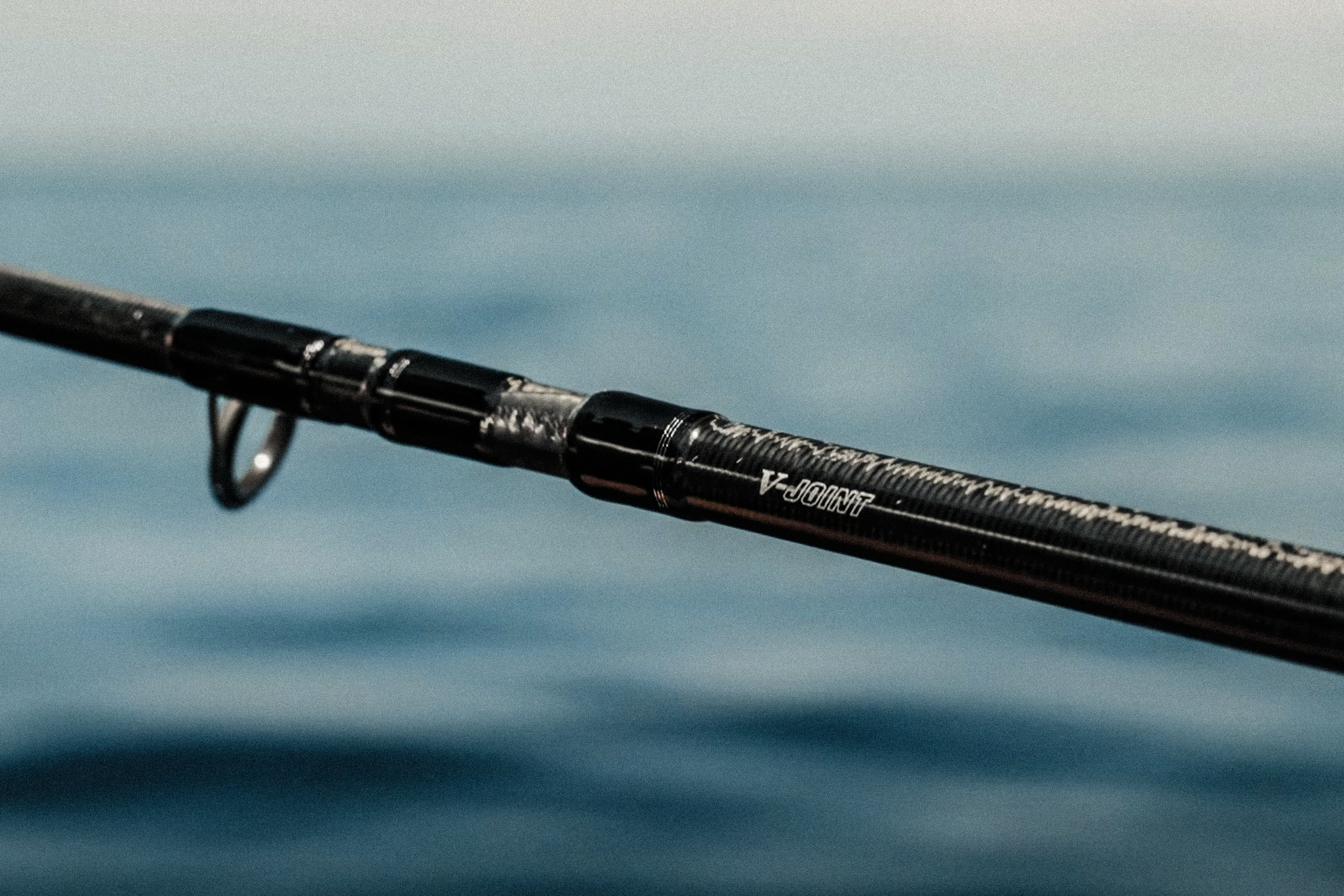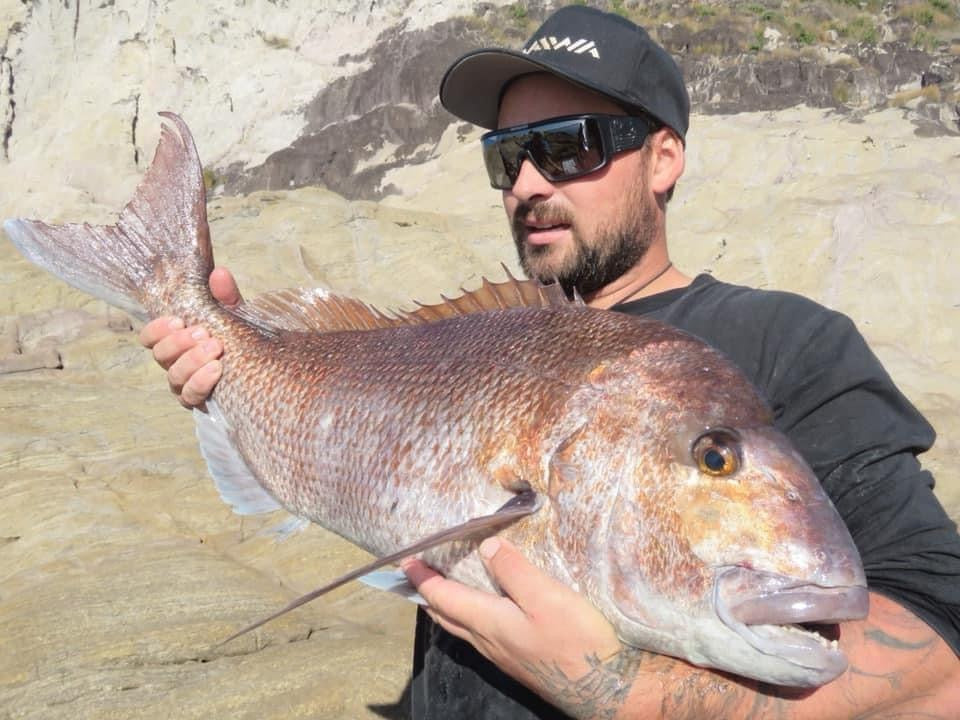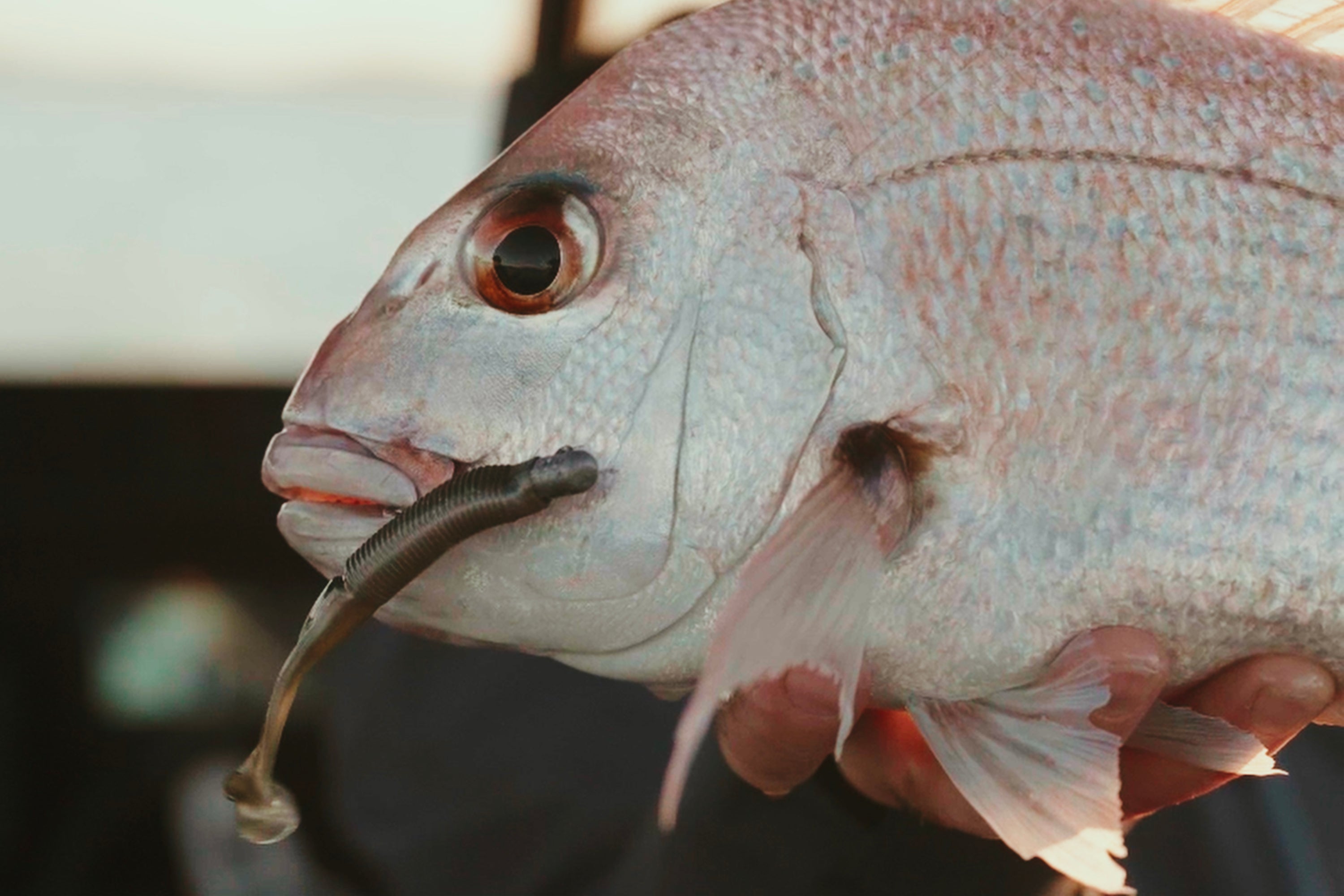Posted 26th November 2025
Topwater Kingfish | Your Complete Guide For The New Zealand Season


The Ultimate NZ Guide To Topwater Kingfish Fishing
November marks the beginning of New Zealand’s prime topwater kingfish season, and it’s the time when anglers across the country dust off their stickbait rods and prepare for explosive surface strikes.
Whether you fish the Hauraki Gulf, East Cape, Northland or the deep offshore pins of the Far North, topwater fishing is one of the most visual and rewarding ways to target kingfish.
This guide brings together best-practice techniques, proven Daiwa gear, and expert insights to help you catch more kingfish on topwater this season.
Selecting The Right Topwater Rod & Reel
Choosing the right topwater rod and reel is crucial for achieving distance, swimming your lures effectively, and landing powerful New Zealand kingfish. Most topwater rods fall between 7’6”–8’6”, offering strong casting leverage and excellent control. Land-based anglers often prefer longer rods in the 9’0”–10’0” range to clear rocks and reach distant bait schools.

Matching your rod’s lure rating to your stickbaits and poppers ensures proper loading and optimal performance. Stickbait rods need a softer, responsive tip to help the lure roll and swim naturally, while popper rods benefit from a firmer tip to produce strong bloops and surface disturbance.
A simple guideline for choosing your rod’s PE rating is:
- PE3/4 – Smaller inshore kingfish, shallow reefs and calm conditions
- PE5/6 – Medium kingfish across inshore and offshore terrain
- PE8/10 – Large kingfish on offshore reefs, markers, and land-based ledges
Topwater reels should hold at least 300m of braid and use high gear ratios (5.7:1 to 6.2:1) to quickly recover slack line after each sweep. Reliable options such as the Daiwa Saltiga, Daiwa Certate SW, and BG MQare built for repeated casting and high drag pressure—ideal for stopping New Zealand kingfish near foul ground.
Selecting Topwater Lures For Kingfish
Understanding lure types is essential for successful topwater fishing. The key categories are:
Stickbaits
Designed to imitate wounded baitfish, stickbaits excel when bait is visible on the surface. They provide a natural action and often draw the most consistent bites in clear, moderate conditions.
Poppers
Poppers create noise, splash, and vibration—perfect for calling fish in when conditions are quiet or the water is slightly discoloured. Their bubble trails can trigger aggressive reaction strikes.
Swimming Poppers
These hybrids allow both sweeping and popping actions, making them versatile across varying conditions.
Sinking stickbaits are particularly effective when baitfish sit deeper or the sea surface is rough. Their weight helps maintain a natural swimming action when floating lures struggle.
Successful topwater anglers always carry:
- A mix of lure sizes to imitate different baitfish (piper, kahawai, mackerel)
- A variety of colours—from natural baitfish tones to high-contrast patterns
- Both wooden and plastic options for different wave conditions
Daiwa’s Saltiga Cuddler is a proven stickbait designed with New Zealand’s kingfish fishery in mind.
Rigging Topwater Lures & Leaders
Fishing barbless or crimping your barbs improves hook penetration, makes releases safer, and protects kingfish from unnecessary harm. Most high-quality lures are tuned from the factory, but some swim best with specific hook configurations, such as dual trebles or single assists.
The BKK range of barbless trebles and single assist rigs pairs exceptionally well with topwater lures, providing strong hook-up rates and reliable swimming action.
Leader recommendations:
- PE3: 50–80 lb mono or fluoro
- PE5: 80–100 lb mono or fluoro
- PE8+: 100–150 lb mono or fluoro
Mono is preferred by many topwater anglers because of its shock absorption and casting forgiveness. Fluorocarbon offers better abrasion resistance but can feel less forgiving during casting and sudden impacts.

Where To Find Topwater Kingfish In New Zealand
Locating kingfish consistently comes down to three fundamentals: structure, current, and bait. Kingfish hold on the pressure side of reefs where currents push nutrients upwards, attracting baitfish like kahawai, jack mackerel, and koheru.

Key signs of topwater kingfish include:
- Birds working bait balls
- Surface explosions from predatory fish
- Current lines and upwellings
- Piper or other slim baitfish skipping on the surface
The best bite windows are usually during change of light, particularly dawn. Always fish when the tide is moving; slack water typically brings slower activity. Avoid full moon periods when kingfish feed heavily at night and become more cautious during the day.
Fishing Bait Schools Effectively
Surface bait schools are prime locations, but presentation matters. Casting directly into a school scatters the bait, while casting over the top can spook them. Instead, target the edges where kingfish wait for stragglers.
Marker Poles & Buoys
Marker poles and buoys regularly hold smaller to mid-sized inshore kingfish. As the season progresses and pressure increases, these fish become lure-shy. Early morning sessions, natural-coloured lures, and subtle retrieves are often the difference between follows and hookups.
How To Work Your Topwater Lure
Stickbaits should be worked with smooth rod sweeps that allow the lure to dive, swim in an S-motion, and rise on the pause. Most strikes occur during this pause. If a fish misses, stay calm—keep the lure in the water and continue the action.
On calm days, a “walk-the-dog” action with short rod taps can provoke bites. In rough conditions, time your sweeps with the back of a wave to maintain control. A sinking stickbait is often the best choice in heavy chop.
Poppers require strong, controlled sweeps that create a clean pop and bubble trail. Swimming poppers benefit from mixing pop and sweep motions to simulate fleeing bait.

Fighting Kingfish, Fish Care & Handling
New Zealand kingfish are extremely powerful, and they fight even harder on topwater gear. With heavier setups (PE8–10), anglers can apply strong pressure early. On lighter gear, patience becomes crucial.
Key fight tactics include:
- Driving the boat over the fish to reduce line angle
- Leading the fish away from structure with lighter pressure
- Backing off the drag when the fish is boat-side to avoid pulled hooks
For releases, keep handling time short. Use long-nose pliers to unhook fish beside the boat when possible. If lifting aboard, use a lip grip, wet hands, and have your camera ready beforehand. A wet towel over the eyes calms the fish, and a deck hose helps oxygenate before release.
If keeping a legal fish, bleed it immediately and store on salt ice. If sharks appear, relocate—no kingfish is worth losing to predators.
Summary
Topwater fishing for kingfish in New Zealand delivers visual, high-energy action unlike any other style. By choosing the right rod and reel, selecting effective lures, mastering retrieve techniques, and understanding where kingfish hunt, you’ll dramatically increase your success. Daiwa’s premium range of rods, reels, lures, and terminal tackle is engineered for this exact fishery, giving anglers the confidence to target New Zealand kingfish in any conditions.
As the season ramps up, dial in your gear, study the signs, and enjoy the heart-pounding thrill of surface strikes. Good luck on your next topwater mission—and may your stickbait get smashed by a true New Zealand kingfish trophy.




